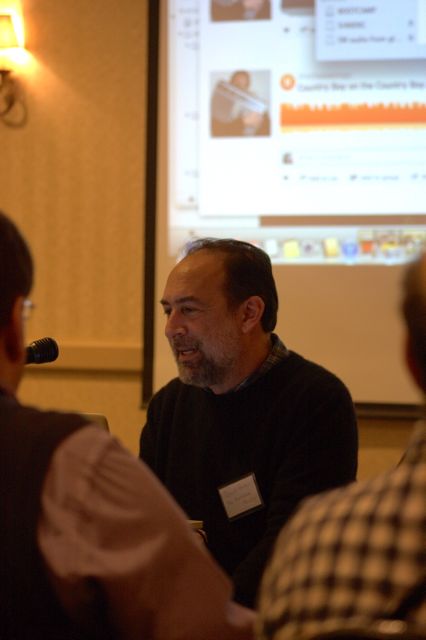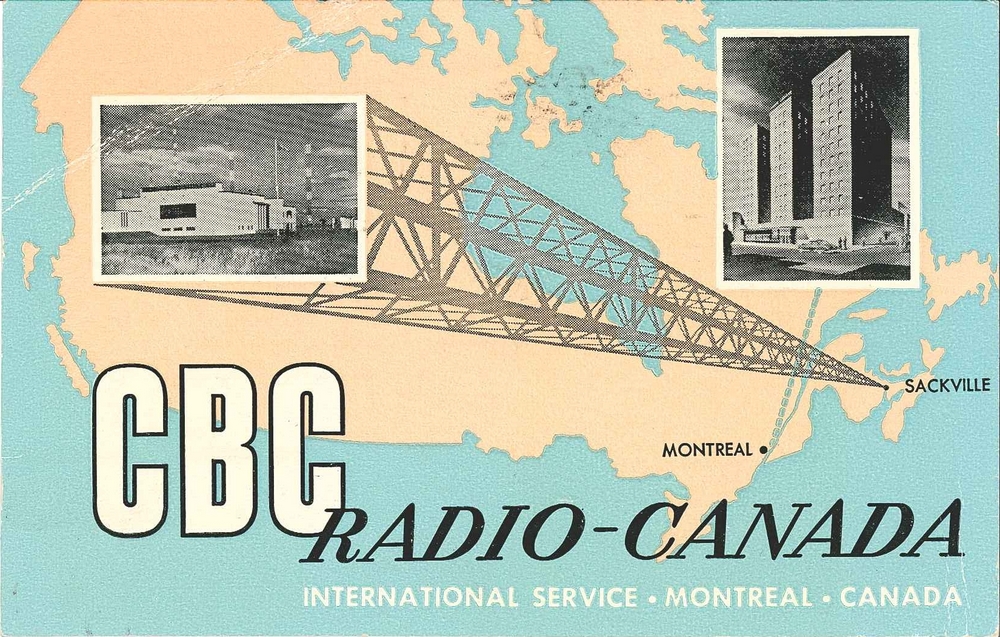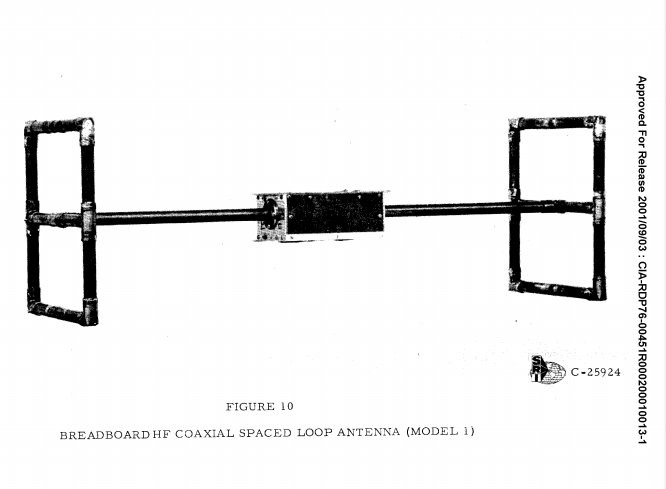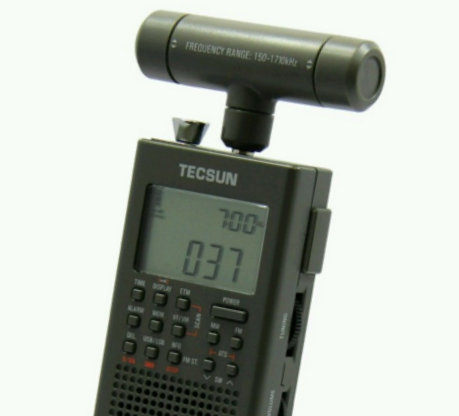Many thanks to SWLing Post contributor, Paul Evans, who shares the following video from an MIT/W1MX presentation series:
Monthly Archives: February 2020
Shortwave Shindig live stream tonight via the Wave Farm
Many thanks to SWLing Post contributor, David Goren, who notes that the Winter SWL Fest Shortwave Shindig will stream live via the Wave Farm this evening.
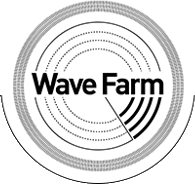 The Shortwave Shindig will begin on February 28, 2020 at 9:15 pm EST (or February, 29 at 2:15 UTC).
The Shortwave Shindig will begin on February 28, 2020 at 9:15 pm EST (or February, 29 at 2:15 UTC).
The stream link will be accessible at the Wave Farm website, but only when the show is live.
To listen to the Shortwave Shindig live, simply click on this link to view the Shindig page at the Wave Farm Website.
You can also access the Shortwave Shindig live stream by clicking on the “Listen” link at the top left corner of the Wave Farm website. Note the stream link will only appear and play when the show is live.
Here’s a description of the 2020 Shortwave Shindig from the Winter SWL Fest website:
ANNUAL SHORTWAVE SHINDIG – David Goren
Come join our informal and popular late night hang as David Goren and friends celebrate the short wavelengths with stories, songs, and vintage sounds.
Shortwave Shindig Opening Ceremonies
2115 – 2200
Our resident folk music laureate Saul Broudy opens the show with old radio favorites and specialties from his vast repertoire followed by a revue of shortwave sounds in popular culture and specially commissioned works.Meet the Archivists
2200 – 2245
Our panel of radio archivists Thomas Witherspoon, Mark Fahey and David Goren share rarities from their archives including some gems from the recently rescued collection of the late Michael Pool aka The Professor.NYC FM Pirate Radio Update
2245 – 2330
A sneak peek at a major update to the Brooklyn Pirate Radio Sound Map and related news and discussion about urban pirate radio in the U.S.Mercy! So Much Noise
2330-????
Tom Miller aka Comrade Squelch and David Goren weave a dense mix combining live radio with archival air checks.
Many thanks, David, for sharing this info! I look forward to participating in the Shortwave Shindig once again!
Viva la radio!
WRMI to start broadcasting Encore – Classical Music in US
The Birth of Radar Memorial
Many thanks to SWLing Post contributor, Paul Evans, who writes:
Interesting article on the new monument to radar between Daventry and Towcester in Northamptonshire, UK.
https://www.atlasobscura.com/places/birth-of-radar-memorial
Legend has it that this was conducted around 25-28 MHz, which was the very top end of higher power RF at the time.
The location sits closer to Towcester, although the event is always quoted as having taken place at Daventry (the source, not the receiver).
It’s fascinating that Plessey Research Caswell was set up almost immediately, not very far away and was heavily involved in radar and other solid-state research through to the 1990s.
[Disclosure: the author (Paul) worked at Plessey Caswell and was Two Terminal device Manager at Plessey Microwave, Towcester in the 1980s]
Many thanks, Paul, for sharing this fascinating bit of history.
Radio Canada International at 75 years
(Source: RCI.net via David Iurescia)
Today is an auspicious day for RCI. It was February 25, 1945 that the CBC International Service began shortwave broadcasting to Europe. It was designed at the time to provide accurate news to occupied areas in
English French and German, and to provide news from home for the huge contingent of Canadian military personnel serving and fighting in the Second World War.
Since then the “IS” has gone through a variety of changes, including the name which was changed to Radio Canada International in 1970. It has been through several moves, from its first location in a former brothel, to the converted Ford Hotel a few years later, to rented office tower space, to the main headquarters of the French service, Radio-Canada.
It has also gone through a number of language-service changes, from 14 languages during the cold war broadcasting to formerly free countries then under the control of Moscow, to its current five languages, Mandarin, Spanish, Arabic, English and French.
Other changes include the drastic cuts of 2012 which saw some 80 per cent of staff cut and the cessation of shortwave to become its current online operation.
Throughout it all RCI continues to inform on Canadian issues including political, scientific, cultural and societal and provide Canadian viewpoints and positions on world affairs.
From the CIA Archives: An HF Spaced Loop Antenna for Direction Finding
Many thanks to SWLing Post contributor, Grayhat, who shares the following:
I stumbled upon a document I found in the “CIA reading room”:
https://www.cia.gov/library/readingroom/docs/CIA-RDP76-00451R000200010013-1.pdf
In short, the document, titled “HF SPACED LOOP ANTENNA” and dating back to 1967, describes the design of a “direction finding” antenna used to find an HF transmitter. The document describes a number of setups tried during initial experimentation and then explains the reasons for the selection of what’s called a “Coaxial spaced loop in vertical opposition”, basically two vertical loops connected in anti-phase; the document describes in detail the loop and some circuitry used with it, but the most interesting section is the one which deals with radiation lobes. if you look at that you’ll suddenly realize using such a configuration, the resulting antenna acts as a huge dipole with extremely deep nulls !!
Fascinating! Thank you, Grayhat.
And, honestly, there’s enough material in that CIA document to please the most demanding of antenna nerds! Most impressive. I’m curious if anyone has ever built one of these. If so, please comment with your experience!
Tecsun PL-365 scanning question
Many thanks to SWLing Post contributor, Julien, who writes with the following question:
First, thanks for your site !
I have a question about PL-365. It seems auto-scan works only in the range of 2,245-21,950 kHz. The ranges from 1,711-2,245 and 21,950-29,999 can only be scan manually.
Do you know the reason for this? Or a trick to auto-scan the other two ranges?
I do not know the reason for the auto scan limits, but imagine it could be a limitation of the SiLabs DSP chip inside–although this is merely a guess. My hope is that someone in our community can verify or perhaps help if they know of a work-around. Please comment!


